Dharmendra, one of Indian cinema’s most beloved and enduring icons, passed away at the age of 89. Fondly known as the He-Man of Bollywood, Dharmendra leaves behind a cinematic legacy that shaped the very
language of Hindi film heroism, romance, and emotional storytelling for over six decades. With more than 300 films to his credit, he stood as a bridge between eras, adored equally by filmmakers, co-stars, and millions of fans across generations.
Born Dharam Singh Deol on December 8, 1935, in Sahnewal, Punjab, Dharmendra’s journey from a small-town boy to one of Indian cinema’s most charismatic leading men remains the stuff of legend. He moved to Mumbai after winning a Filmfare talent contest and began his film career in the late 1950s. It didn’t take long for his raw charm, sincerity, and screen presence to become impossible to ignore.
A Star Who Redefined Stardom
Dharmendra rose to prominence in the 1960s, starring in acclaimed films like Bandini (1963), Haqeeqat (1964), and Anupama (1966), where he became known for his ability to convey emotional depth with quiet strength. His romantic screen presence was unmatched; with his deep voice, expressive eyes, and effortless charm, he became a heartthrob long before the word became a pop culture staple.
By the early 1970s, Dharmendra had firmly established himself as a leading box-office draw, headlining action dramas, comedies, and romances with equal ease. His collaborations with filmmaker Ramesh Sippy and co-stars Amitabh Bachchan, Hema Malini, and Sharmila Tagore produced some of Indian cinema’s most memorable moments.
In 1975, Dharmendra immortalized the role of Veeru in Sholay, a film widely regarded as one of the greatest Indian movies of all time. His playful camaraderie with Amitabh Bachchan, comic timing, mischievous spirit, and iconic romantic sequences with Hema Malini ensured that Veeru would be remembered not just as a character, but as a cultural memory. Even today, lines like “Basanti, in kutton ke saamne mat nachna” instantly evoke nostalgia and warmth.
Equally unforgettable was his work in Phool Aur Patthar (1966), which earned him his first Filmfare Best Actor nomination, and Satyakam (1969), widely considered one of his finest performances—revealing the moral strength, vulnerability, and complexity that he was capable of delivering with complete naturalism.
A Gentleman Beyond Stardom
Despite towering stardom, Dharmendra remained deeply grounded. Known for his humility and humor, he often joked about his own image and spoke openly about the importance of family, simplicity, and emotional honesty. Co-stars frequently described him as warm, respectful, and unpretentious—a personality that allowed him to remain loved even as the industry around him changed dramatically.
His love story with actress Hema Malini became one of the most talked-about and enduring romances in Hindi cinema history. Their onscreen chemistry translated into real life, and they married in 1980. The couple starred together in popular films such as Seeta Aur Geeta, Dream Girl, Jugnu, and Sholay, forming one of Indian cinema’s most iconic pairs.
Dharmendra is survived by his wives, Hema Malini and Prakash Kaur, and his children Sunny Deol, Bobby Deol, Vijeta, Ajeeta, Esha Deol, and Ahana Deol. His sons, Sunny and Bobby, followed in his footsteps and went on to become successful actors, while Esha and Ahana also forged their own paths in the arts.
A Legacy That Lives On
Even in his later years, Dharmendra continued to work, appearing in the Yamla Pagla Deewana franchise alongside his sons, where he embraced his age with grace and humor. His final appearance in Rocky Aur Rani Kii Prem Kahaani (2023) reminded the world that his screen presence remained enchanting, powerful, and heartfelt.
Tributes have poured in from across the world of cinema and beyond. Prime Ministerial leaders, actors across generations, and fans from every corner of the globe have remembered Dharmendra as a symbol of kindness, strength, and timeless love for the craft of cinema.
His contribution to Hindi cinema is immeasurable not just through his films, but through the emotional connection he formed with audiences. For millions, Dharmendra was not merely a star; he was a memory of cinema’s golden warmth. A reminder of gentler heroes. A reflection of sincerity wrapped in charm.
As Indian cinema evolves, Dharmendra’s filmography continues to inspire actors and filmmakers who seek truth and heart on screen. His legacy lives in film reels, in melodies from another time, in dialogues that still echo in living rooms and in the collective affection of a nation he entertained for over six decades.
Dharmendra will be remembered not just as an actor, but as a beloved storyteller, a cultural icon, and one of the most unforgettable leading men India has ever known.


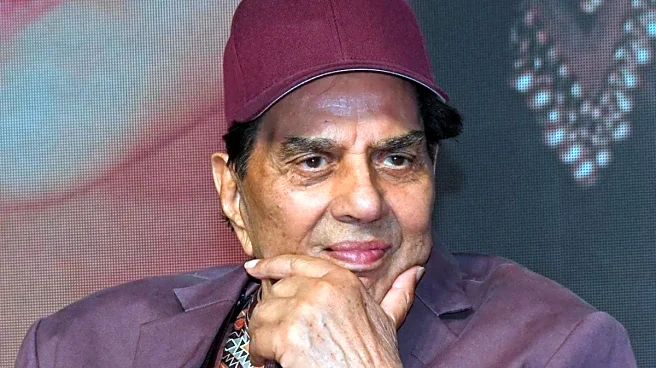
/images/ppid_59c68470-image-176283253207726771.webp)

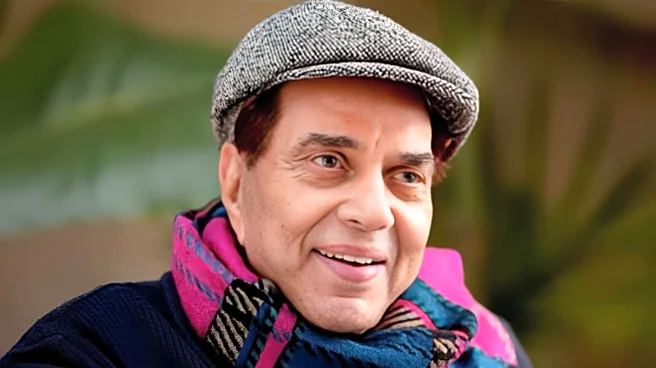

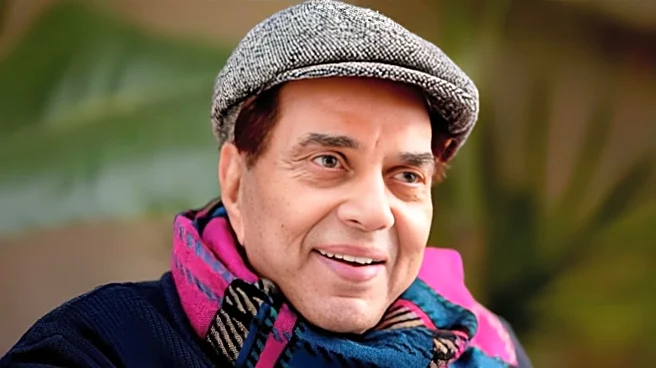
/images/ppid_a911dc6a-image-176283104314871944.webp)

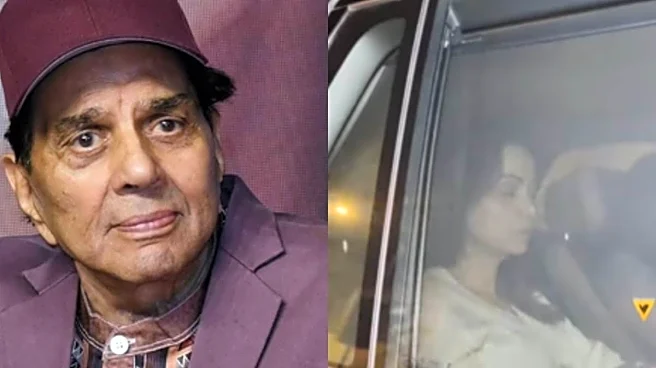
/images/ppid_a911dc6a-image-176279959791870378.webp)
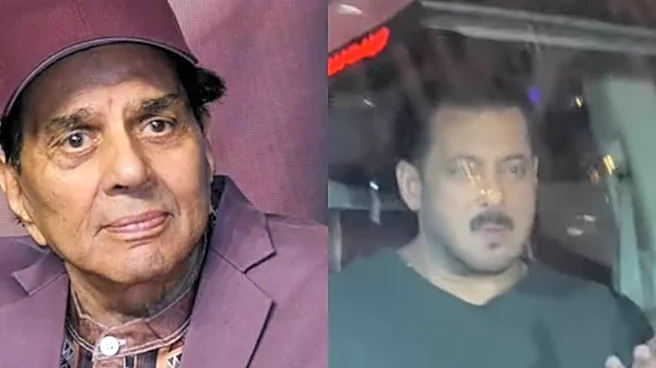
/images/ppid_a911dc6a-image-176283807464255994.webp)
